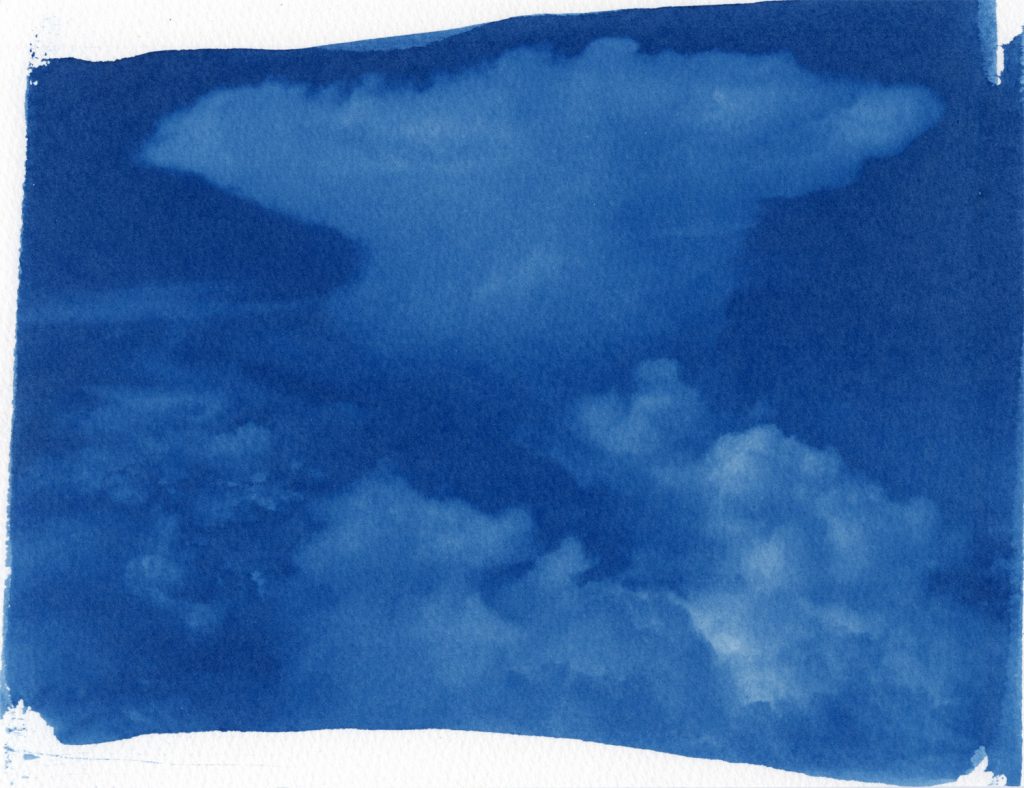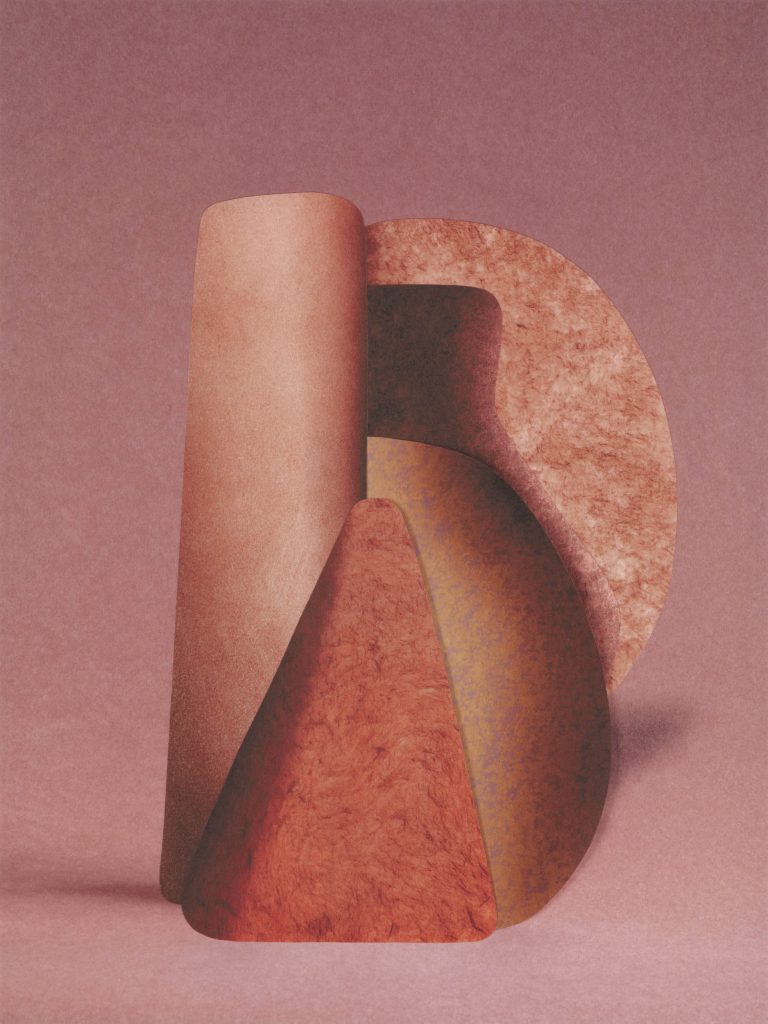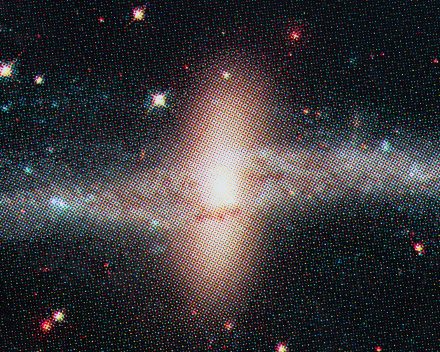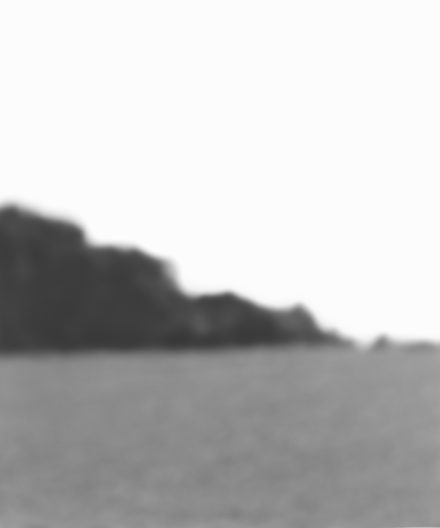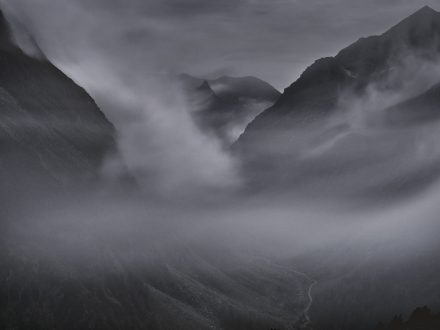
Current
Hannah Hughes | Solid Slip
2021
Andrea Grützner
Erbgericht – Neue Räume
2020
Max Pinckers
Margins of Excess
Roger Eberhard
Human Territoriality
Florian Jaenicke
Wer bist du?
Bertien van Manen
Book Stories
2019
Lia Darjes
Tempora Morte
John Divola
Vandalism
Shane Lavalette
Still (Noon)
Tobias Kruse
Material
Hans-Christian Schink
Hinterland
Ute & Werner Mahler
Kleinstadt
2018
Peter Bialobrzeski
City Diaries
Richard Renaldi
Manhattan Sunday
Andrew Phelps und Paul Kranzler
The Drake Equation
Intermission: Jessica Backhaus
A Trilogy
Bill Jacobson und Giorgio Morandi
Fotografien und Zeichnungen
Bernhard Fuchs
Lot/Fathom
2017
Ron Jude’s Infinite Loop
Selections from “Lago” and “Nausea”
Claudius Schulze
State of Nature
Simon Roberts
Public Performance
Mårten Lange
Recent Work
2016
Sjoerd Knibbeler
Digging up Clouds
Jessica Backhaus
Six Degrees of Freedom
Andrea Grützner
Erbgericht
Peter Puklus
One an a half Meter
2015
Roger Eberhard
Aussicht
Christian Patterson
Bottom of the Lake
José Pedro Cortes
Costa
Joshua Lutz
Hesitating Beauty
Ron Jude
Lick Creek Line
Robert Voit
The Alphabet of New Plants
2014
Yann Mingard
Deposit
Ute & Werner Mahler
Die seltsamen Tage
Bruce Gilden
Portraits
Peter Granser
J’ai perdu ma tête
2013
Liza Kereszi
Fun and Games
Janelle Lynch
Los Jardines de México
Mårten Lange
Another Language
Nina Poppe
Ama
2012
Christian Patterson
Redheaded Peckerwood
Bernhard Fuchs
Höfe
Thekla Ehling
Vergissmeinnicht
Peter Bialobrzeski
The Raw and the Cooked
Bertien van Manen
Let’s sit down before we go
2011
Michel Campeau
Darkrooms
Paul Kranzler
Brut
Werner Amann
American
Jessica Backhaus
Werkschau
2010
Kai-Uwe Gundlach
Edo – Three Chapters of Tokio
Simon Roberts
We English
Helen Levitt
New Yorkers
Archive Berlin 2021 - 2010
2016
Shane Lavalette
One Sun, One Shadow
Jan Brykczyński
Boiko
Giacomo Brunelli
Hamburg
2015
Michael Lange
Fluss
Hans-Christian Schink
Aqua Claudia
Bernhard Fuchs
Waldungen + Portraits
Olaf Otto Becker
Werkschau
André Lützen
Zhili Byli
Ron Jude
Lick Creek Line
2014
Bart Michiels
The Course of History
Rob Hornstra
Ballets Russes
Enver Hirsch
Bangkok Curbside
Ute & Werner Mahler
Die seltsamen Tage
Peter Bialobrzeski
Habitat
Nele Gülck
Auf ewig
Bruce Gilden
Portraits
Joachim Richau
Lenas Küche 94/13
Henrik Spohler
The Third Day
2013
Simon Roberts
Pierdom
Jessica Backhaus
Once, still and forever
François Halard
Casa Ghirri
Nina Poppe
Ama
Cara Phillips
On Beauty
Joakim Eskildsen
Homeworks (Chapter 1)
Orri
Interiors
Michael Lange
Wald
2012
Andreas Herzau
Sputnik
Andrew Phelps
HABOOB
Christian Patterson
Redheaded Peckerwood + Sound Affects
Andreas Meichsner
Alles in Ordnung
Volker Renner
Wie war Las Vegas
jedentag
Fotografische Alltagsbeobachtungen von Andy Sewell, Peter Puklus und Peter de Ru
Ute & Werner Mahler
Monalisen der Vorstädte
Roman Bezjak
Sozialistische Moderne
Dirk Reinartz
St. Georg
2011
Bruce Wrighton
At Home
Richard Rothmann
Redwood Saw
Werner Amann
American
Michel Campeau
Darkrooms
Karin Jobst
Werkschau
Oliver Heissner
Ready Mades
Adam Bartos
Yard Sale
Jessica Backhaus
New Work
Simon Roberts
Motherland + We English
gute aussichten
Hotspot: Markus Uhr
Frank Schirrmeister
Leere Stadt
2010
Katharina Bosse
Werkschau
Robert Voit
New Trees
Bernhard Fuchs
Straßen und Wege
SOMMERZEIT
Eine Gruppenausstellung
Dan Nelken
Till the Cows Come Home
Richard Renaldi
Figure and Ground
Andrew Phelps
Not Niigata
SCHWARZWEISS
Zeitgenössische Positionen in der Schwarz-Weiß-Fotografie
Michael Lange
L.A. Drive By
Peter Granser
Signs
2009
Hendrik Spohler
Global Soul
Andy Scholz
Neue Arbeiten
Maziar Moradi
1979
Sebastian Denz
Skateboarding.3D
André Lützen
Before Elvis there was nothing
Markus Altmann
Mojave
Peter Bialobrzeski
Urban Structures
Bernhard Fuchs
Autos
Jessica Backhaus
What still remains + One Day in November
Arno Fischer
Der Garten
2008
Martin Langer
Originale
Michael Dweck
Mermaids
Elke Morris
Domicile
Thomas Hoepker
Atelierbesuche
Mathias Braschler
Monika Fischer
Bertien van Manen
Retrospective
Dieter Nuhr
Nuhr unterwegs
Joakim Eskildsen
Die Romareisen
Thekla Ehling
Sommerherz
Andrew Phelps
Higley
2007
Okko Oinonen
On Top of The Iceberg. Intellectual Exiles
fotoform
Deutsche Fotografie der 50er Jahre
Andreas Herzau
Istanbul
Enver Hirsch
Menschen Tiere Sensationen
Marcus Schwier
Nightshots
Martin Wellermann
Überland – Overland
Christiane Kruse
Untitled
Ulrike Thiele
Scheinbare Helligkeit
Thomas Hoepker
Photographien 1955-2005
2006
Andy Scholz
Fotografie 2002-2006
Frank Grimm
Welcome to Wonderland
Wolf Böwig
Fotoarbeiten 1995-2005
Peer Hanslik
Menschen am Meer
Markus Dorfmüller
Reeperbahn
Susann Katzenberg
Spielstätten
Elliott Erwitt
Personal Exposures
Sybille Bergemann & Arno Fischer
Modefotografie
Bernhard Strauss
Auszeit
2005
Michael Zibold
Buenos Aires
Oliver Heissner
Beyond the Sea
Bernd Jonkmanns
Brooklyn
Timo Nasseri
Jet Skin
Andreas Herzau
Calcutta Bombay. Eight Days by Taxi
Enver Hirsch
Lost and Found
Marcus Höhn
Portraits
2004
Michael Melcer
Milch and Hering Jewish Food Shops in New York
Torsten Klinkow
Wall #3
Susanne Katzenberg
Badezeit
Peer Kugler
New York 2000-2002
Andrea Künzig
Promised Land
Anja Weber
Rockfall Risk Area
